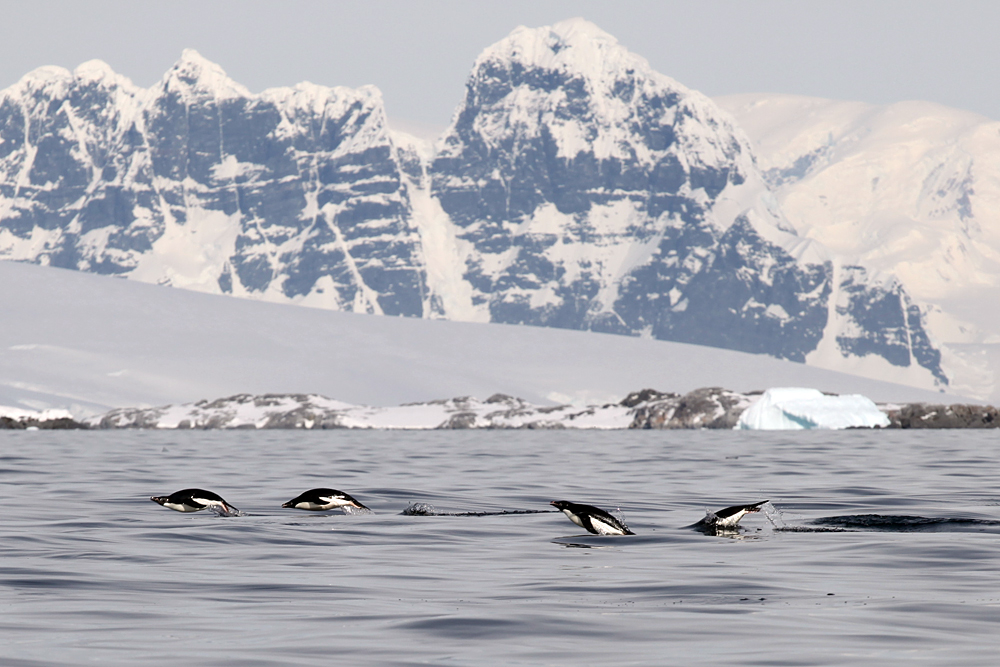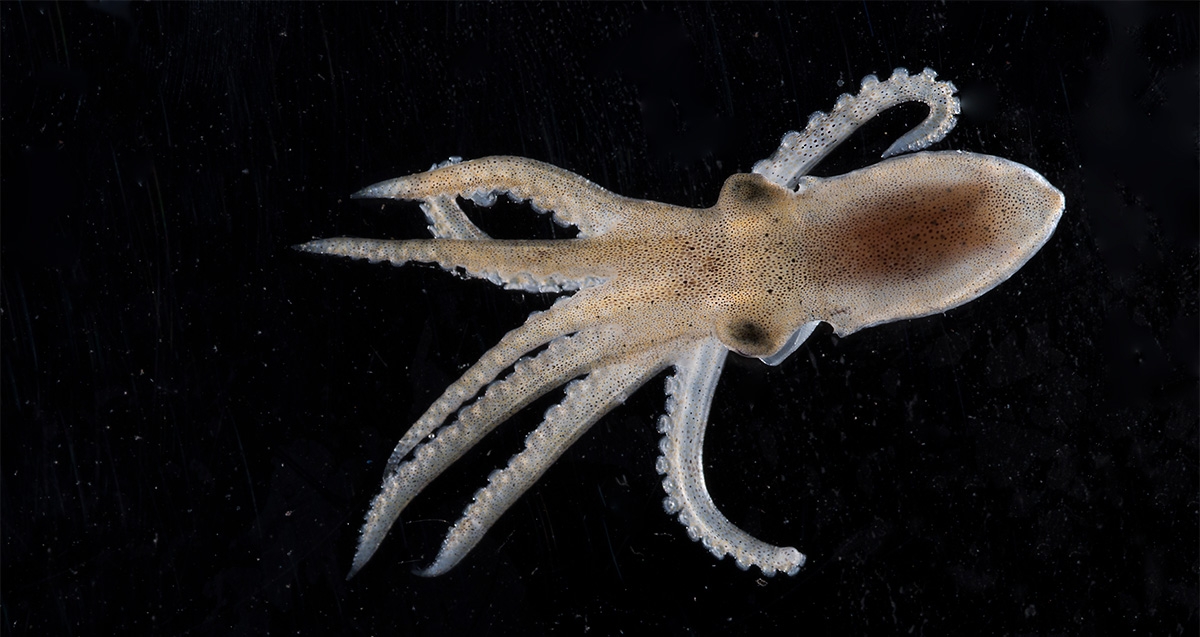Pumped for Frigid Weather: Discovering Cold Adaptations in the Antarctic Octopus

Laden with dissolved salt, Antarctic waters can hover just above freezing and even dip below it. Temperatures this low would likely kill the animals that prosper in warmer waters further north. Yet, some creatures have found ways to live in this inhospitable cold.
In a new study described in Proceedings of the National Academy of Sciences, researchers at the Marine Biological Laboratory (MBL) and their collaborators focused on how life in such a frigid habitat has altered an enzyme essential for nervous system function in one animal, an octopus that lives in the circumpolar Southern Ocean.
“We looked in real detail at a very important enzyme for the nervous system, the sodium-potassium pump, and we asked, ‘Where do we see most of these sites of adaptation?’” says Joshua Rosenthal, a senior scientist at MBL.
The Challenge of Life in the Cold
Temperature matters for life, in part, because the enzymes that kickstart all kinds of biochemical reactions within the body need thermal energy — which manifests as heat — to operate. As temperatures plummet, enzymes’ activity slows, eventually grinding to a halt.
While some animals, including humans, can heat their own bodies, octopus lack that ability. Yet, these eight-armed creatures have found a way to inhabit Antarctic waters where the cold reduces the rate of their enzymatic reactions by 30 times. The nervous system is especially vulnerable, because sending and receiving electrical signals requires many carefully coordinated reactions.
“When you slow them all down to such a degree, it’s a big question: How do they adapt?” Rosenthal says.

Scientists have already studied cold adaptation in many proteins, but they have largely overlooked those embedded in the skin-like membrane surrounding cells. Membrane proteins perform numerous jobs, including moving ions into and out of cells. The protein at the center of the new research, the Na+/K+-ATPase, removes sodium ions from cells, while bringing in potassium, creating a difference in electrical potential that neurons use as an energy source to communicate.
Finding the Changes That Matter Most
In previous research, the team, which includes Rosenthal and Miguel Holmgren, a membrane protein biophysicist at the U.S. National Institute of Neurological Disorders and Stroke and a longtime summer investigator at MBL, found that cold slows down sodium-potassium pumps from an Antarctic octopus (Pareledone) much less than it does from two-spot octopuses (Octopus bimaculatus) that live in temperate waters, such as off the coast of California.
To pin down the differences between the pumps, the team looked at the building blocks, known as amino acids, that compose them. While the two are largely identical, they found some places where the amino acids differed.
To determine which of these changes were most influential, they swapped them between pumps and tested the effects. First, they engineered the temperate pump to contain the uniquely Antarctic amino acids to see which conferred cold tolerance, and then they removed those Antarctic changes to return the pump to its temperate, cold-vulnerable state. In this way, they narrowed the most important differences to three that — together — allowed the pump to work quickly in near-freezing temperatures.
One of these, called L314V, had the biggest effect. Swapping this amino acid from the leucine of the Antarctic pump to a temperate valine could eradicate the new-found cold tolerance.

A Theme for Cold Adaptations?
When they mapped the position of L314V and the other two changes within the structure of the pump, the researchers found them situated on the edge, facing the greasy membrane. In the case of L314V, researchers believe changing this amino acid alters how this part of the pump moves against the membrane, possibly by reducing drag so the pump can work more quickly.
“It makes sense to us” that the interface between the protein and the membrane would be a site for such adaptations, says Holmgren. “Once we have studied more membrane proteins, I think we will see more examples of this.”
This content is solely the responsibility of the authors and does not necessarily represent the official views of the National Institutes of Health.
Citation:
Gaddiel Galarza-Muñoz, Sonia I. Soto-Morales,, Song Jiao, Miguel Holmgren, and Joshua J. C. Rosenthal. (2023) Molecular Determinants for Cold Adaptation in an Antarctic Na+/K+-ATPase. Proc Nat. Acad. Sci, DOI: 10.1073/pnas.2301207120
The Marine Biological Laboratory (MBL) is dedicated to scientific discovery – exploring fundamental biology, understanding marine biodiversity and the environment, and informing the human condition through research and education. Founded in Woods Hole, Massachusetts in 1888, the MBL is a private, nonprofit institution and an affiliate of the University of Chicago.